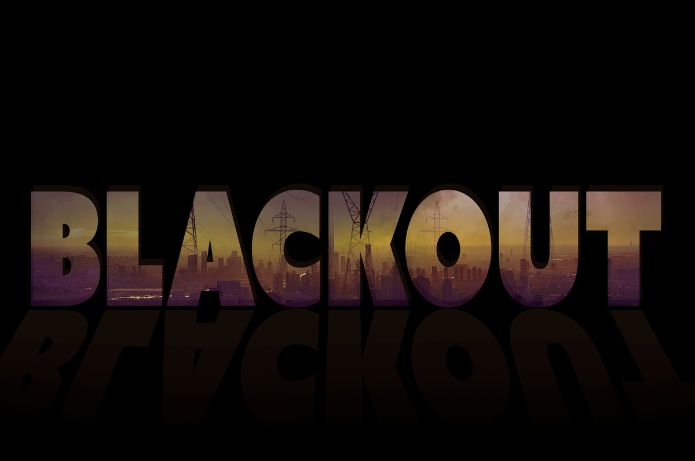Black Friday 2024 promises to boost Brazilian e-commerce. According to a survey by Opinion Box conducted in April, 55% of consumers plan to make a purchase on the date. And this number could still increase, since 35% of undecided voters usually make their purchase decisions between three months and a few weeks before the event. A heated economy, cutting-edge technology on platforms, and promotions are actions that are expected to be confirmed during this period.
Jessica Fragoso, marketing manager at Uappi, a company specialized in e-commerce and technological solutions, provides an overview to help companies achieve better results. According to the specialist, it is a year in which integrations with artificial intelligence and technological actions will be prominent during the promotional date. "Tools such as customer service chatbots, process optimization, and digital storefronts can make a difference and help in the sales closing process with the consumer," he/she/they highlights. Among the new features for Black Friday 2024 are virtual fitting rooms for fashion items and the use of virtual and augmented reality tools. "This allows the person to see the shade of the foundation closest to their skin tone, if the product is makeup. In other words, these are ways to technologically prepare your e-commerce to offer the best experience during Black Friday," she emphasizes.
It is advisable for retailers to also do their homework, which means presenting exclusive offers that can generate engagement, creating a favorable environment for this consumer to return and become a customer. "Even though we are living in a time of technology and innovation, doing the basics well still remains fundamental," he emphasizes.
Sales expectations
Regarding the numbers for 2024, the projection is for an increase of about 10% in e-commerce sales compared to 2023, which is a significant rise, considering that the previous year's decline was about 2.5%, according to Jessica. "There are two reasons that have an influence: the first is that the economy is a bit more accelerated. It can be noticed when comparing the sales figures in e-commerce in the first half of 2024 to 2023. Second, this year the date is November 29th, in the last week of the month, when most of the population has already received the advance of the 13th salary, and this increase in value can boost the consumer's purchasing power with a tendency to accelerate purchases," he explains. The fact that the date is close to Christmas can also encourage customers to buy gifts earlier, potentially positively impacting Black Friday sales figures.
Avoid common mistakes during this period
As Jessica explains, during this period, companies, no matter how prepared they are, still run the risk of making some mistakes due to the demand. And that's why it's important to stay alert. "Understanding whether the stock is compatible with the offers made and if the website is prepared for increased traffic are important initiatives. Additionally, it is recommended to have technologies that help manage inventory to avoid any type of sale of products without replenishment. Another point is the offers for the date. Black Friday is associated with a stigma of being 'Black fraud,' which makes many consumers suspicious, so it is essential to provide clear information about the percentage of discount the retailer is offering," he emphasizes.
Data tends to increase website traffic significantly, with peaks that can cause some slowdown or difficulty when completing a purchase. With that, some factors such as cost generation and other setbacks may occur. Therefore, the recommendation is to have partners who understand technology and possess a robust infrastructure for your e-commerce platform, payment system, and the entire ecosystem.
Focus on the shopping experience
The first point is to be clear that the consumer wanting to buy on Black Friday is looking for deals, special conditions, and low prices. "A good option for the retailer who does not intend to make large discounts on the entire stock is to have bait products that attract attention and are priced in line with Black Friday discounts," advises Jessica. Another bet is to offer something extra, such as a free gift, free shipping, or a coupon. This makes the customer perceive that they get greater benefits when purchasing from your brand/store.
Is it safe? Can I trust?
There are essential tips to avoid scams during this promotional period. According to Jessica, the consumer needs to verify the authenticity of the website, whether it is a secure link, and if it has seals that prove the company's integrity. In these situations, it's worth checking more than once if the security of the purchase is reliable. Google itself displays warnings on the website in case of a suspicious site. It is also important to research the brand's social media to understand if it truly exists. Another option is to look for sites like Reclame Aqui to learn more about the company. Finally, always be suspicious of offers with discounts above 80 or 90%, concludes.











